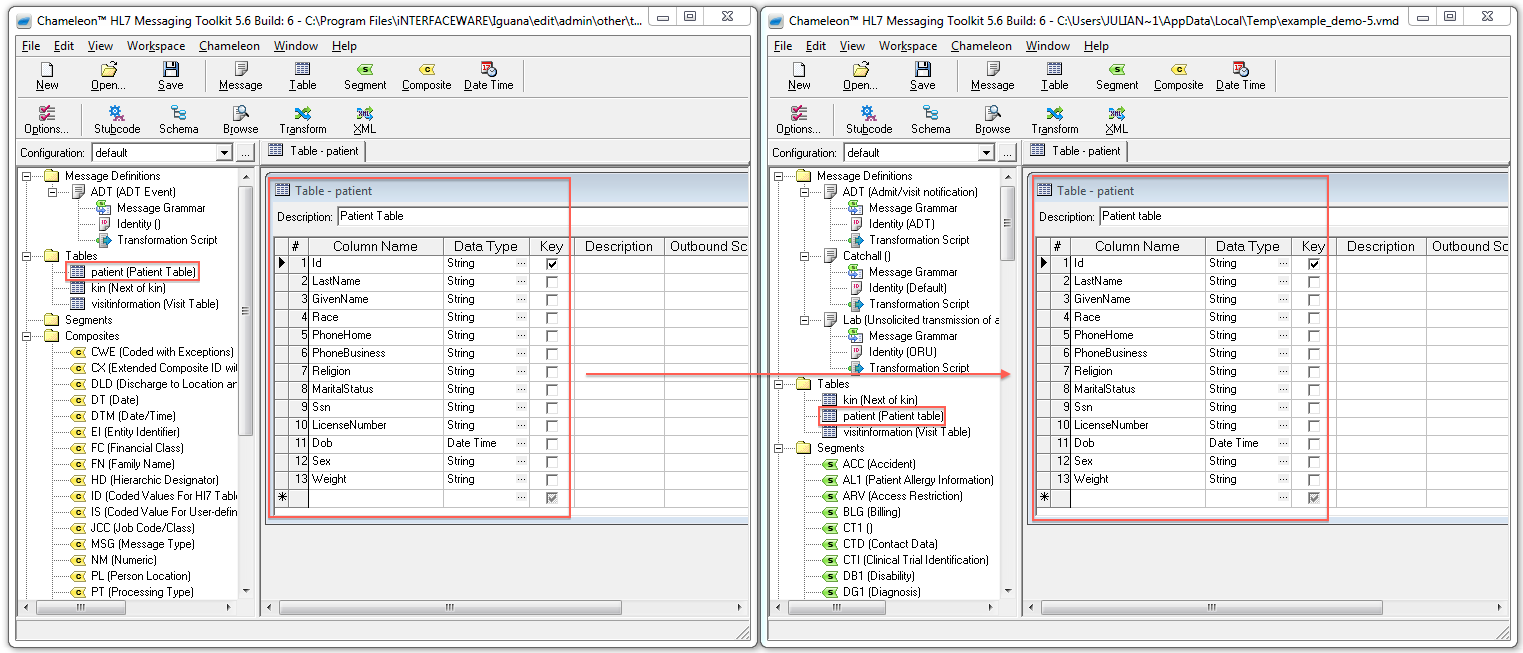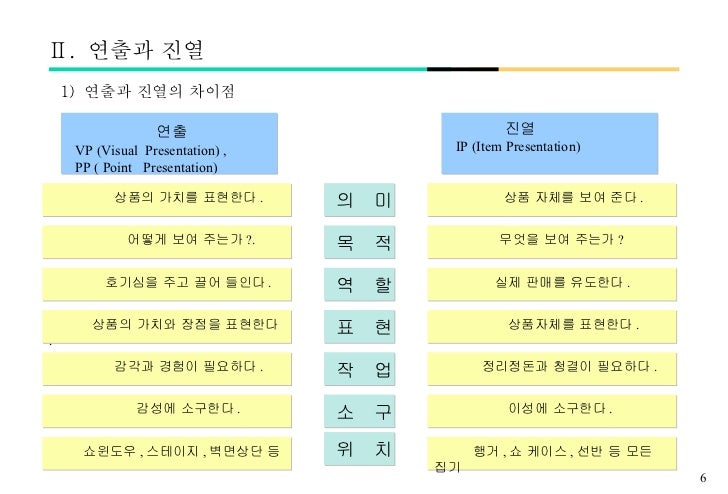

Multiple analyses including timeseries, RMSD, PCA are availableĪnalysis tools allow a further chemical understanding of the system This trajectory is useful for visualisation and further investigating the interesting modes and changes that occur within a selected principle component.
#VMD TUTORIALS MOVIE#
To make the movie pause at the start and finish, just duplicate these end points sufficiently. System with 3145 atoms, so each frame is 3147 lines with the xyz header.ġ,+Xd deletes lines 1 to X+1, so to select every nth frame for frames of length m you need The counter operates on the original line numbers.

The ~66087 repeats the action every 21 frames. Instead, theġ,+62939d deletes lines 1 to 62940, deleting 20 frames Vmd movie making seems not work properly with step sizes different from one. Will not be greyed out, so you can select it. To load all frames in one go, select the file type in the "Determine file type" box, and then the button "load all at once"
.jpg)
The +W and +H values must be taken from the vmdscene.pov file they should be given in a comment statement at the top. Povray +W829 +H771 -Ivmdscene.pov -Otest +Q11 +J +A +FN +UA Transparent background using povray if you must have a white background in vmd: This pov file can be converted to a png with a Rendering Molecules with a Transparent Backgroundĭumping selected frames from a movie or a single image can be achieved using the render option in the vmd gui.Ĭhoosing the povray option should produce a vmdscene.pov file. f -parm7 third_mol.prmtop -crdbox third_mol_1st_frames.crd -crdbox third_mol_2nd_frames f -parm7 second_mol.prmtop -rst7 second_mol.rst \ mdcrd files are denoted -crd and periodic mdcrd files -crdbox. pdb), most commonly parm7 for topology files generated by Amber and rst7 for restart files generated by Amber. There are also flags for selecting different file types (default is. The -f flag indicates that all subsequent files (until the next -f flag or the end) should be loaded into a single molecule. It is possible to load most files using command line flags, making loading many frames into different topology files easy. For producing graphics for publication, Pymol is probably a better option as it has a built in ray-tracing routine but for general visualization, VMD is much quicker. Like gnuplot however, the wealth of options means that often it takes a long time to find the one command you need to use so below you will find some useful basic settings/info for using VMD. The official documentation can be found here with some tutorials here. VMD is a molecular visualization program installed on all workstations and clusters.


 0 kommentar(er)
0 kommentar(er)
